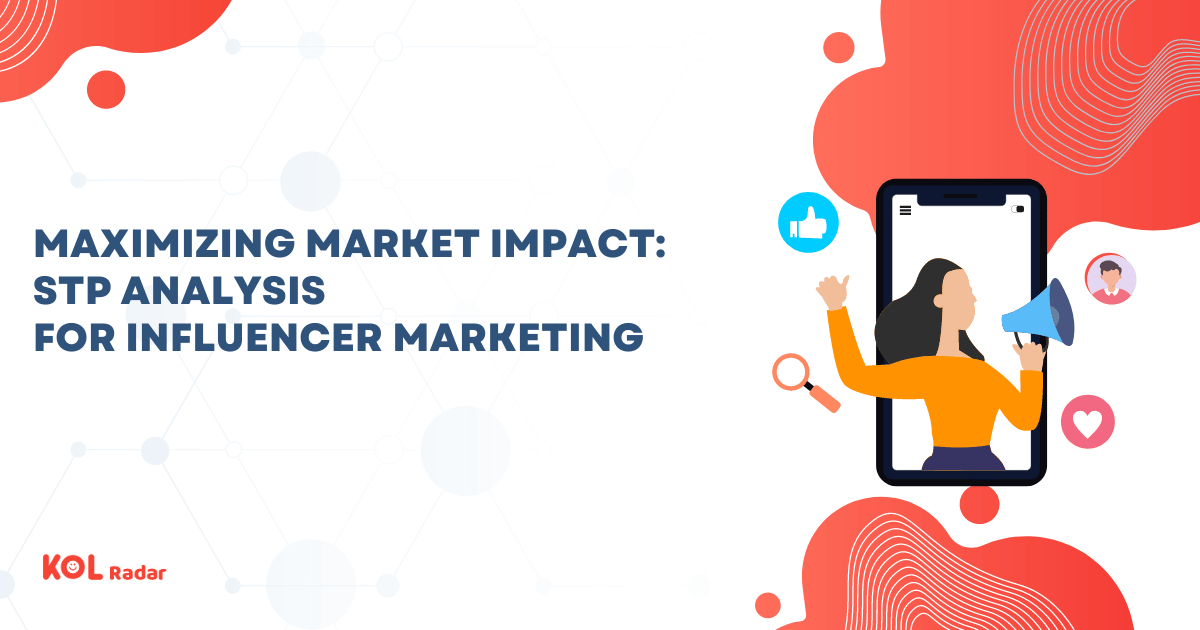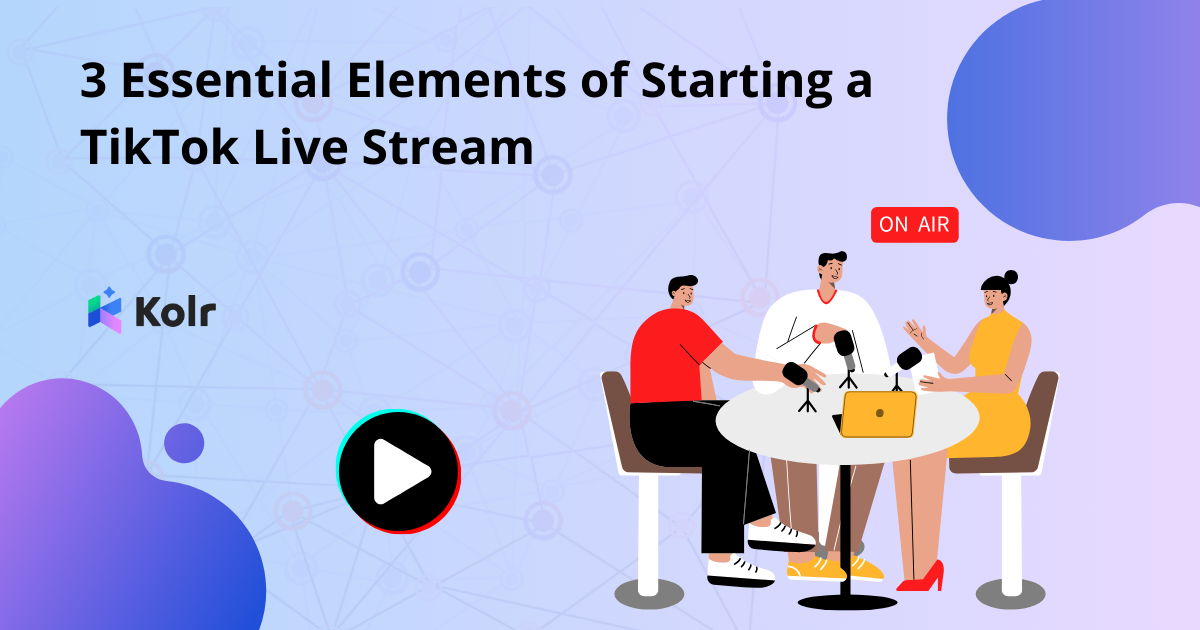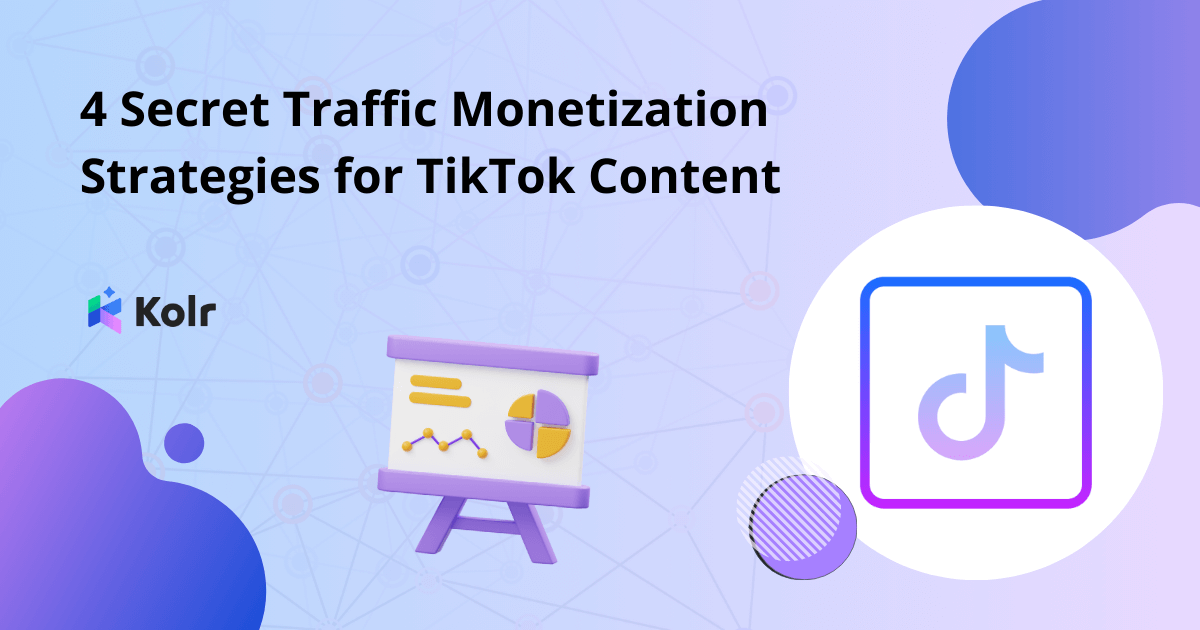A brand looking to enter the market must engage in extensive strategic planning beforehand to establish a solid foundation for standing out in the market. Before embarking on charting the course for marketing, a brand can opt to integrate STP analysis. This approach not only enables precise brand positioning and leveraging strengths in the market but also facilitates the swift identification of the right influencers when conducting influencer marketing. This will allow the brand to maximize its impact according to audience needs.
What is STP analysis?
S: Segmentation (Market Segmentation)
Market segmentation means that before a brand establishes its target audience, it must divide the market into various smaller segments based on consumer characteristics, such as preferences, age, location, and consumption habits, among other classification criteria. This practice aims to assist the brand in understanding the pain points of different groups, thus enabling precise communication with consumers according to their needs.
T: Targeting (Market Targeting)
After segmenting the market, the brand will conduct in-depth analyses of the advantages and disadvantages of each market segment. They will evaluate the potential value of each market by considering the current environment and future trends. This process allows them to make choices and ultimately select several market targets.

Source: KOL Radar
P: Positioning (Market Positioning)
Once the brand has identified its market targets, it can begin positioning its brand attributes, as well as determine its brand image and marketing strategy to showcase its unique value in order to secure a place in the market.
How to Effectively Integrate STP With Influencer Marketing
1. Differentiate influencer types based on consumer characteristics
After the brand conducts its initial market segmentation, it must analyze consumers from different segments and their characteristics to identify their specific needs. Then, based on these consumer characteristics, the brand can promote suitable influencers to achieve the highest level of effectiveness.
The KOL Radar search engine allows one to filter influencers by their type and category. Brands can choose influencers with similar profile outlines to their target audience based on various market characteristics and collaborate with them for influencer marketing. By targeting specific demographics and partnering with influencers whose fan profiles align, effective communication with the target audience can be achieved.
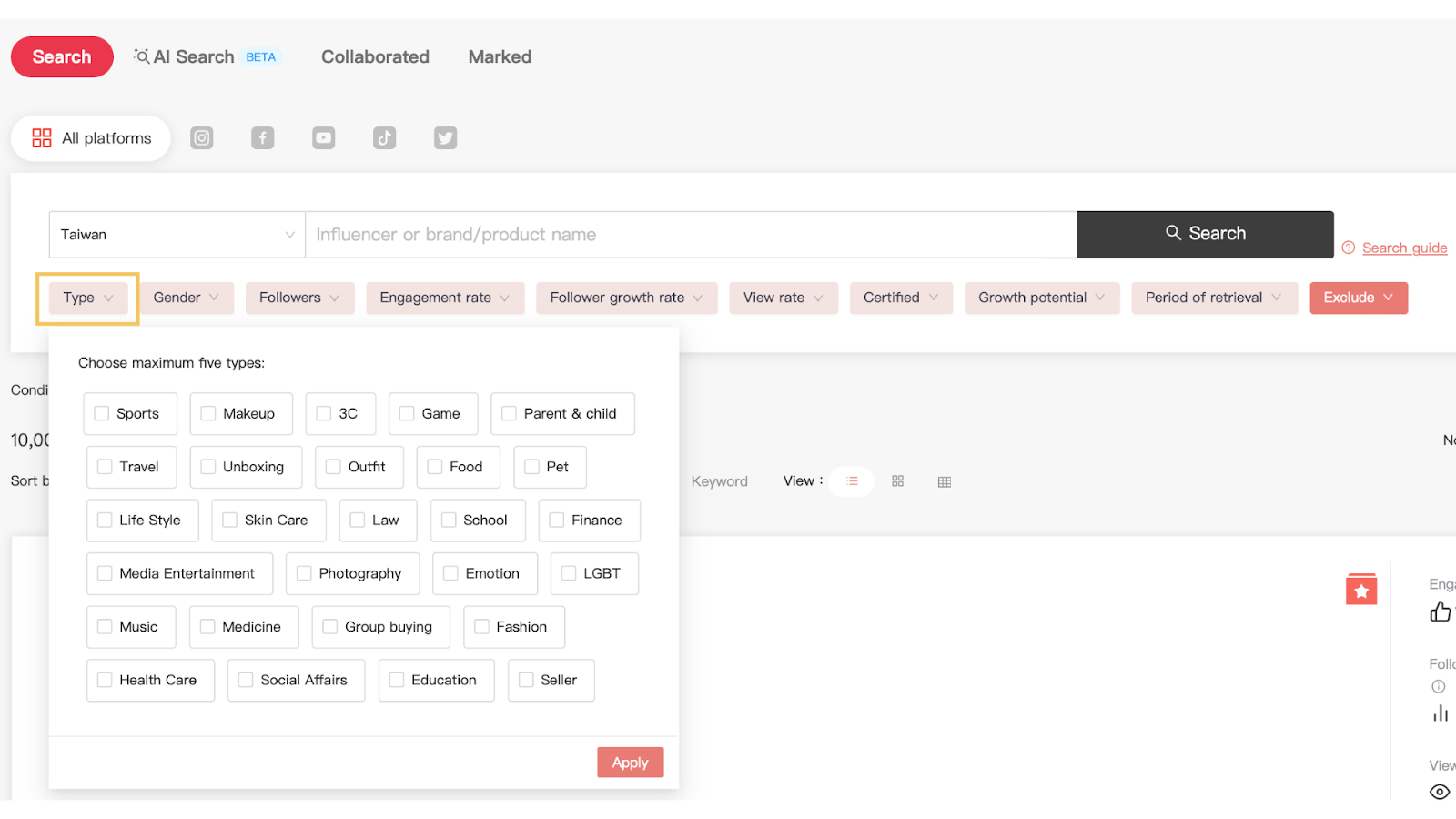
Source: KOL Radar
2. Conduct competitive market research to gain insights into the target audience
Brands can utilize KOL Radar’s full-text search feature to search for competitors. They can also use the “Hashtag Frequency Analysis” dashboard to observe the recent focus of competitors, such as popular products and trending hashtags. Furthermore, users can further utilize the specific keyword analysis feature on the Hashtag Analysis dashboard in KOL Radar to quickly identify influencers who have mentioned related tags or keywords in their social media content. This enables brands to gain instant insights into the effectiveness of influencer collaborations within their competitive landscape.

Source: KOL Radar
In addition to observing the target audience of competitors, building your audience profile, and analyzing the effectiveness of influencer collaborations, brands can also gain inspiration from the competitor’s influencer campaign content, visual presentation, and post-performance data. Furthermore, brands can install the “KOL Radar Chrome Extension” for free to easily track influencer post engagement rates. By clicking on the plugin icon while visiting an influencer’s profile, brands can gain instant insights into influencer performance.
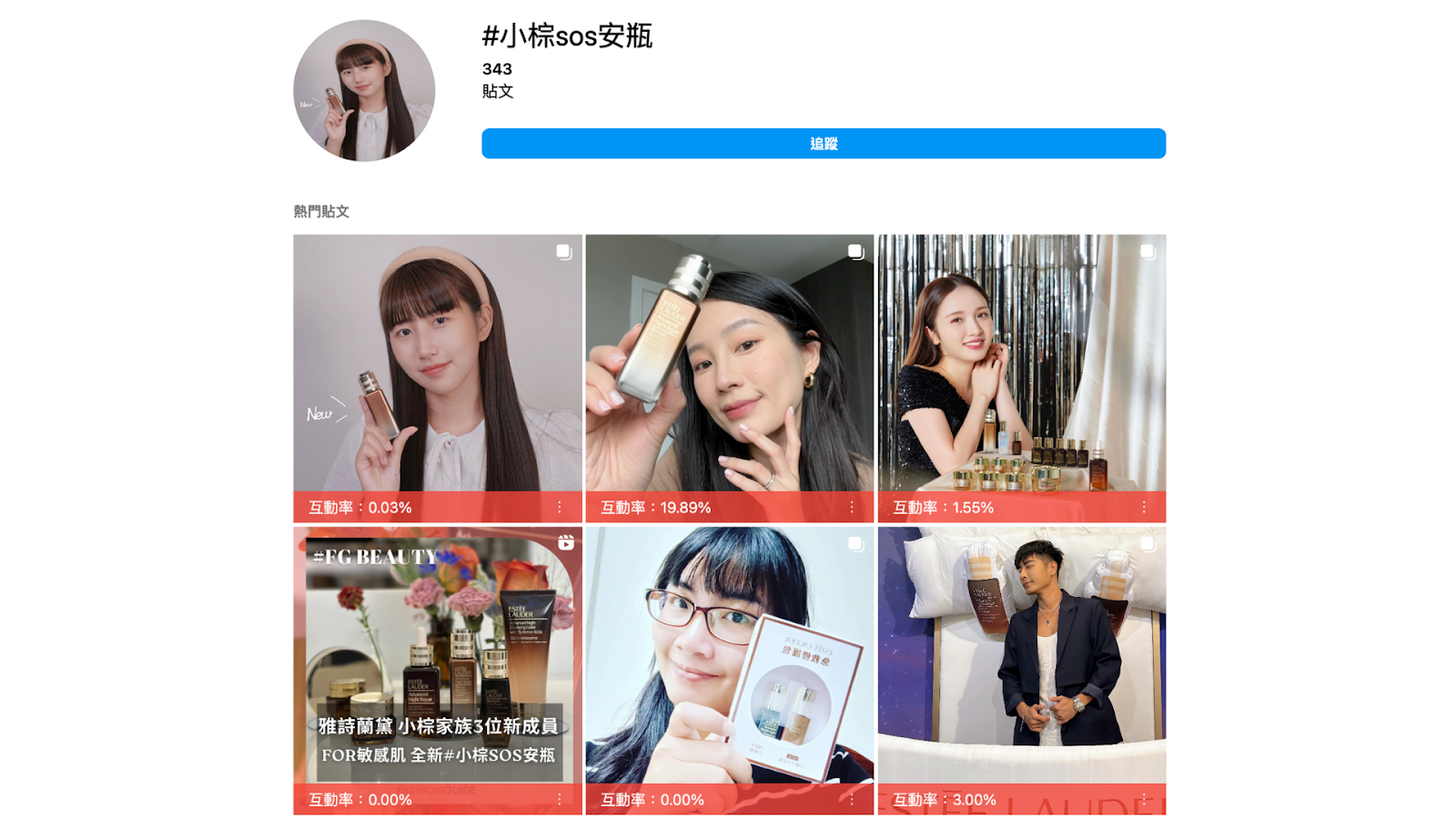
Source: KOL Radar
3. Formulate an attention-grabbing influencer marketing strategy
To establish a strong foothold in the rapidly changing market, brands must plan meticulous marketing strategies and create a unique brand style and appeal. In addition to customizing influencer collaboration projects and details, brands can also delve into designing content, specifying hashtags, and providing detailed image examples to assist in devising attention-grabbing marketing strategies.
The Market Advantages of Combining STP Analysis With Influencer Marketing: A Perspective From 4P Marketing
1. Product
In the context of the 4P marketing framework, the emphasis on the product aspect highlights that brands should understand the positioning of their products and the needs of consumers. By selecting influencers whose target audience closely resembles their own for collaboration, brands can increase consumer trust and credibility in their products. Additionally, by utilizing STP analysis to tailor products according to consumer characteristics, brands can “customize” their offerings to meet consumer expectations doubly.
2. Price
From the consumer’s perspective, STP analysis allows for the selection of corresponding influencers based on the target market. This means that brands from different industry categories can leverage influencer marketing to create market opportunities.
For instance, luxury brands targeting high-income demographics prefer collaborating with influencers who exude sophistication, possess a strong style, and radiate a “sense of luxury.” Partnering with influencers whose style aligns with the brand’s image effectively enhances the brand’s market value, ensuring that the desired style and attitude of the product remain intact, thereby maintaining market positioning.
3. Place
In addition to common online and offline sales platforms, influencer marketing combined with STP analysis strategies can help brands increase their visibility on social media. Brands can adopt a B2C sales model by leveraging influencers to enhance promotional efforts. This not only utilizes the personal reach of influencers to successfully expose the brand on social media platforms but also opens up more sales channels. It aids brands in selling their products through the most effective channels and modes, thereby assisting in product sales.
4. Promotion
When brands harness the power of influencers, they can conduct promotional posts on social media and even engage in live broadcasts to boost product sales. This can also provide the flexibility to adjust pricing strategies. For instance, if a brand decides to sell products through influencer-led group purchases, they can offer attractive package deals or provide exclusive influencer discount codes. These strategies attract more consumers to make purchases, thereby generating greater profits for the brand.
Conclusion
Through STP analysis, brands can gain a deep understanding of their target audience, enabling them to formulate the most comprehensive and precise marketing strategies to find a strong foothold in the market. Furthermore, brands can integrate STP analysis into influencer marketing and create endless opportunities. KOL Radar’s influencer database can assist brands in finding suitable influencers by providing comprehensive influencer data through AI web crawling systems. Brands can also directly negotiate collaboration details with influencers, thereby saving costs and increasing profits.
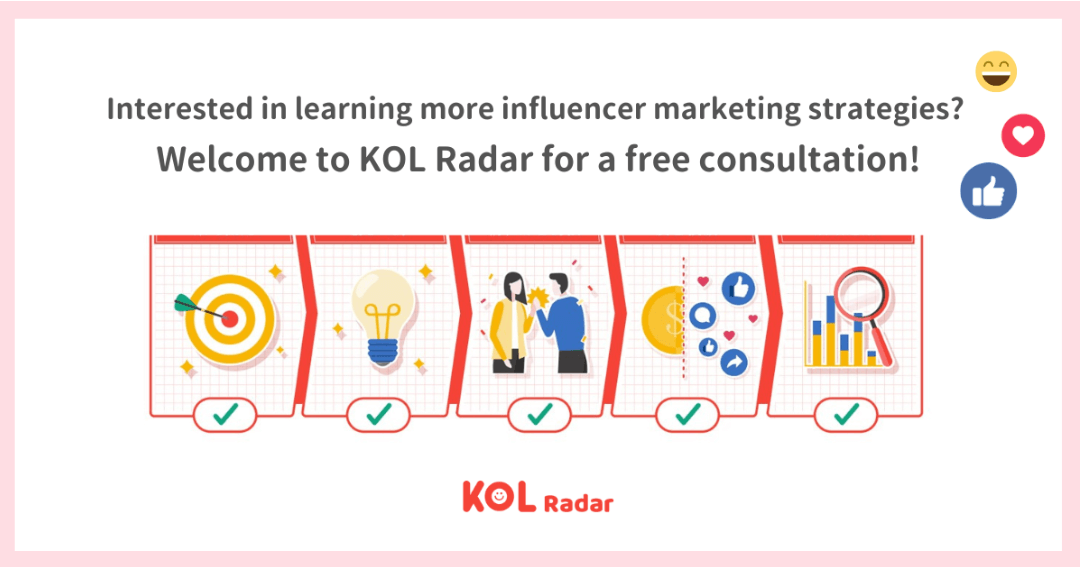
If you would like to further understand influencer marketing, feel free to consult KOL Radar for free at https://www.kolradar.com/en/solution.
▶︎ This article may not be reproduced, reprinted, publicly broadcast, or publicly transmitted without permission. The copyright and image rights of the pictures and data referenced in this article belong to their respective owners.
